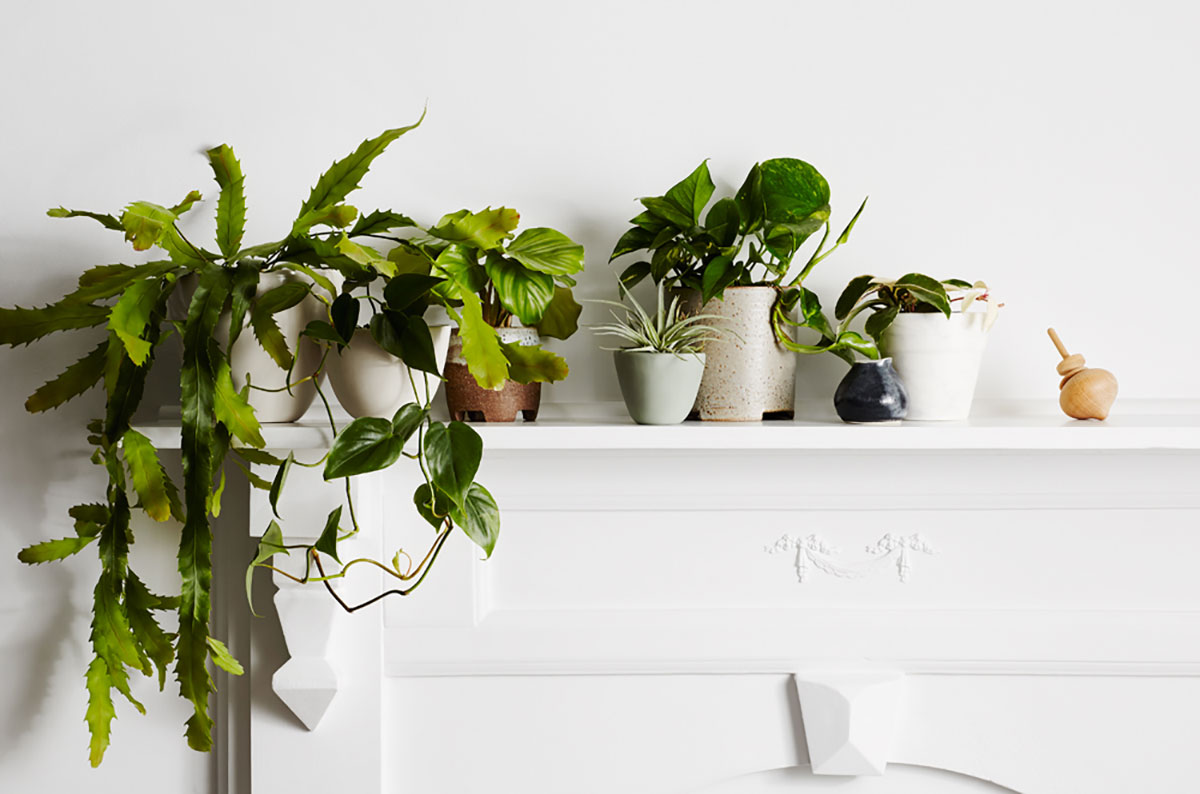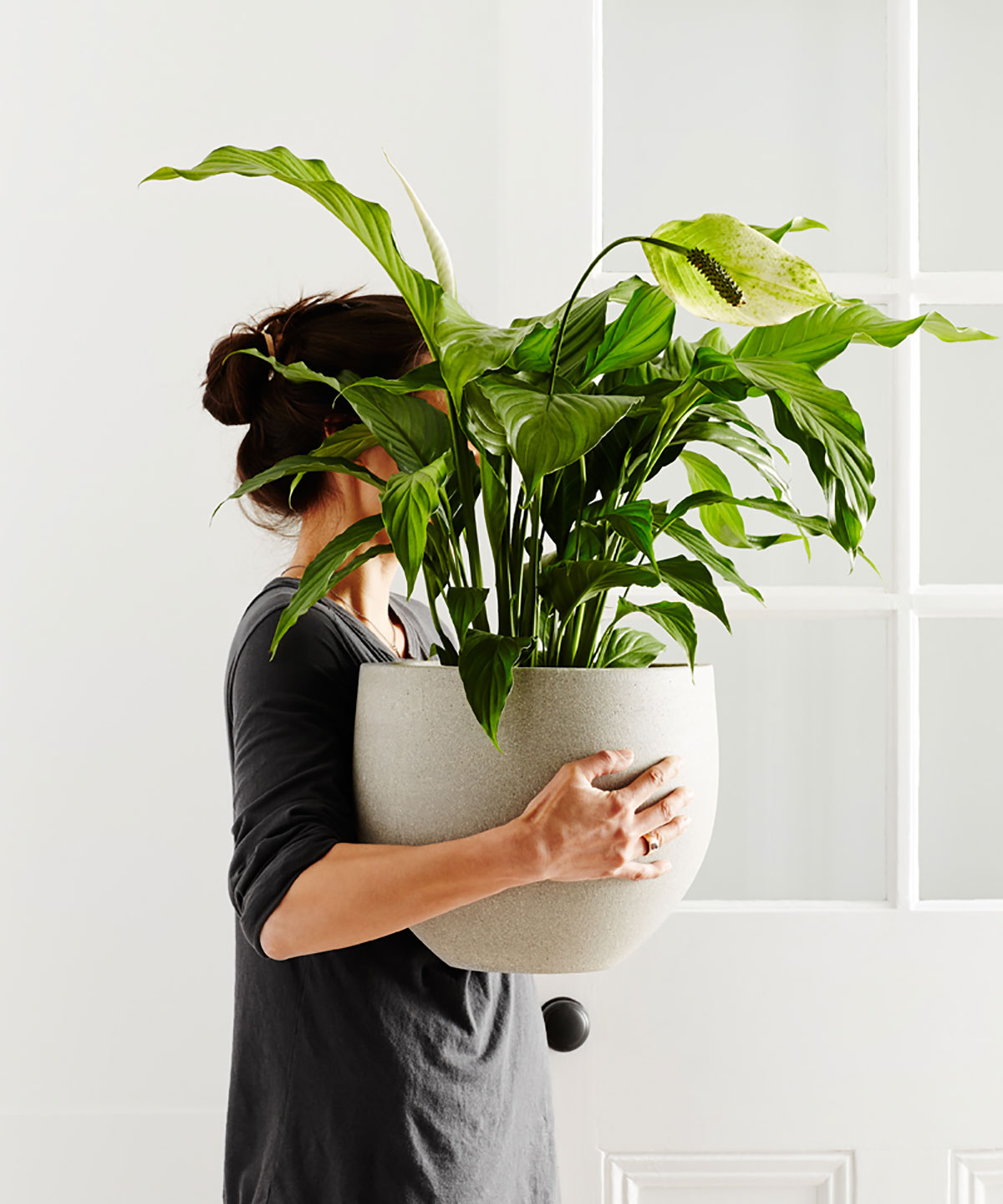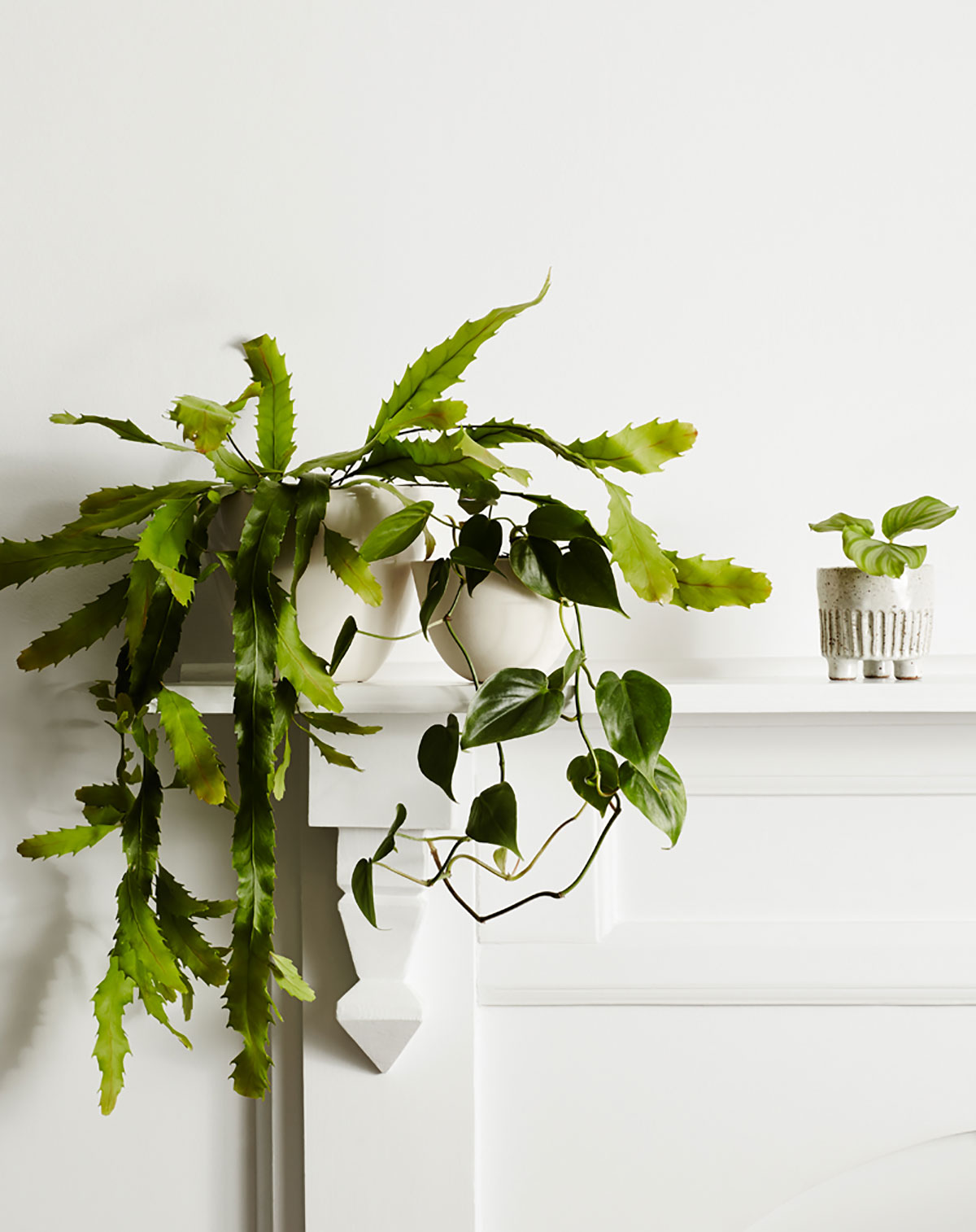For plants, Spring and Summer are a hive of activity; there can be re-potting, fertilisation and a lot of new growth seen. Such big changes are balanced with the onset of the cooler seasons, beginning with Autumn. It is now that our plants begin to slow down their growth, nestling in for the restful dormant period ahead whilst we experience darker, shorter days and cooler temperatures. Here we break down our top care tips into five simple steps to help make your plants thrive during this period.

1. Decrease Watering
As we enter Autumn and the temperature cools down, your plants’ watering needs also decrease. Water will evaporate more slowly from their soil than in the warmer months so pay attention to how fast they’re using it up and adjust your watering schedule as needed. This doesn’t mean plants need less water day-to-day, just that your usual watering sessions will be less frequent. As a general guide, wait until the top 3cm of potting mix is dry before watering again. (Of course, all plants’ have different needs so research what your individual plant requires). If the soil stays wet for too long it can also be the perfect place for fungus gnats to breed; a common pest that can begin to rear its ugly head in the cooler months.

2. Go Easy On The Fertiliser
An organic fertiliser is great to replenish a plant’s nutrients, but this is best done during Spring/Summer when the plant is in its growth phase. When a plant is dormant, especially in winter, fertiliser can easily burn the roots. If you want to be cautious during Autumn, try diluting the fertiliser solution and see how your plant responds.

3. Give Your Plant Gang A Spruce-up
The start of a new season is a great time to stop and take stock of your plant gang and see how they’re travelling. Give them a little TLC; trim and prune where needed and remove any unsightly dry, yellowing or brown leaves plus any wayward growths or leggy vines that may have appeared over summer. Wipe down the leaves gently (both sides) using a damp, wet cloth and check for pests and treat where necessary.

4. Changing Light & Temperature
As the days shift, getting shorter, darker and cooler, it pays to take notice on how this affects the light and temperature in our home. Plants don’t like dramatic changes in temperature so keep this in mind and move them away from drafty windows and doors. Also, consider moving some plants so they can catch some extra rays of sunlight or have a brighter outlook. Don’t forget to keep a check on heaters and fires – do you need to move a plant to avoid the heat damaging it? Heaters and fireplaces can wreak havoc on some plants, drying out their leaves and browning the edges. To overcome this, increase humidity by misting your plants every few days.

5. Don’t Repot Your Plant
If you’ve missed the opportunity to re-pot your plant during Spring, you’re best to sit tight, be patient and leave the job until next Spring – as this is the ideal time to do so. Re-potting can be a big change for our plants and it’s a task best carried out during its growth period when the plant can confidently grow into its new home.
Photography by Annette O’Brien
Styling by Alana Langan for IVY MUSE






